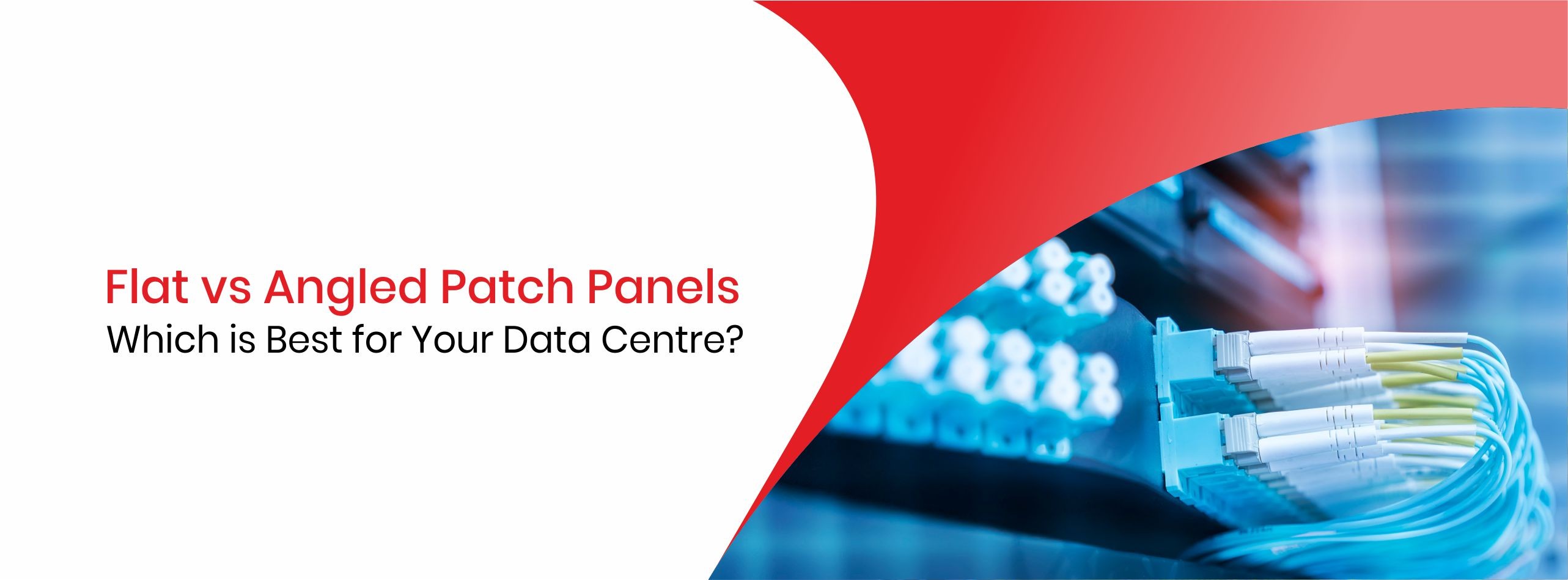Fill out your details and our executive will get in touch with you soon.










































































































































621cc14903582.jpg)
The knowledge about shielded and unshielded cables will help you reach an informed decision while choosing the cables for your organization. A clear idea and the exact info about the differences between shielded and unshielded cables are necessary before you commence network cabling.
Shielded cables or Shielded Twisted Pair (STP) cables are covered in a sheathing. The individual cables would be covered in an insulated foil. Further, the twisted pairs are covered in the insulated sheathing. Thus giving double protection to the cables. Known to prevent any technical issues that may occur due to interaction between cables, shielded cables provide strong signal transmission.
To begin with, unshielded cables are ideal only for networks with comparatively less traffic. Unshielded twisted pair cables are wrapped in a foil or insulated sheathing. The cables will not have additional insulation covering as in the case of shielded cables. Hence, the chances of EMI is more and the signal quality may go down.
Also Read: What are Control Cables? What are its Applications
Let’s look into the differences between shielded and unshielded cables.
Shielded Cable | Unshielded Cable |
| Expensive | Less costly compared to shielded cable |
| Less flexible | Flexible |
| Bigger in dia than unshielded | Diameter less than shielded |
| No technical issues including EMI | EMI may cause problem |
| Suitable for high-traffic networks | Not advisable for networks with increased traffic |
| Ideal for bigger firms with large network area | Suitable for offices and offices with fewer traffic |
Shielded cables have become popular owing to the technical advantages it has over unshielded cables. The benefits of using shielded cables are:
Shielded cables are useful for every type of organization. Firms across the world have been opting for shielded cables due to the superior technical competence of shielded cables.
The areas where unshielded cables can be used are:
Unlike unshielded cables, different types of shielded cables are available. You need to pick the type of shielded cable according to the requirement.
Braided Shielded Cables – Braided shielded cables comprise woven copper wires and are ideal for industrial establishments and factories. The durability of the cable and resistance to harsh conditions make it advisable for such premises. Since the copper mesh is used, the cost of braided shielded cable may be high. Hence, the installation costs may be considered and compared with the budget before you decide upon this type of cable. Discussing with a reliable cable manufacturer is also preferable to reach a decision.
Also Read: How to Choose the Right Structured Cabling Infrastructure
Foil-shielded Cables – Busy organizations, commercial entities and noisy surroundings can consider foil-shielded cables for installation. Polyester sheathing bonded with a thin sheet of aluminium or copper is used in this cable. The cost of installation of foil-shielded cables is lower than braided cables.
Selecting the right type of cable can be quite complicated if you are not experienced enough in the field. We have seen customers perplexed between shielded and unshielded cables. The cost of installation has been a luring factor that makes many pick unshielded cables. Nonetheless, the technical issues during usage may make the functioning of the entity troublesome. Replacing the cable with a shielded one may be cumbersome and costly. Besides impacting the seamless functioning of the firm.
We request you to undertake comprehensive research before deciding upon the cable for your requirement. Alternatively, you can reach out to us for expert suggestions and guidance regarding shielded and unshielded cables.
A detailed discussion with the technical experts would resolve all the confusion. It would offer a clear way ahead about the cable to install at your premises. Note that you should:
Opt only quality-proven cables from reliable cable manufacturers
To discuss more on shielded and unshielded cables, reach out to us now.

















